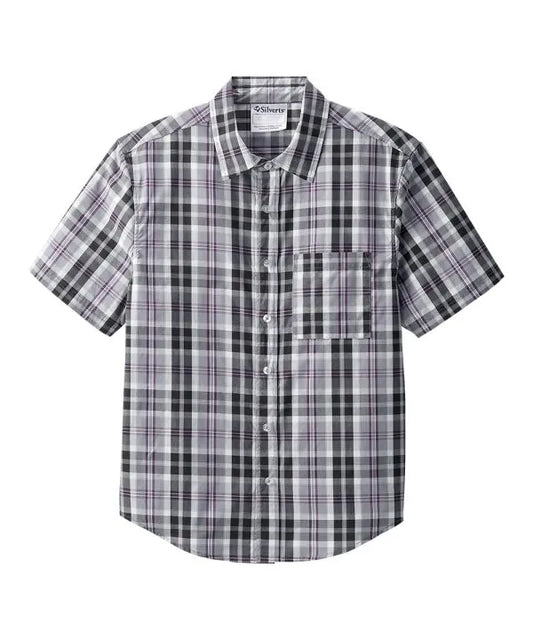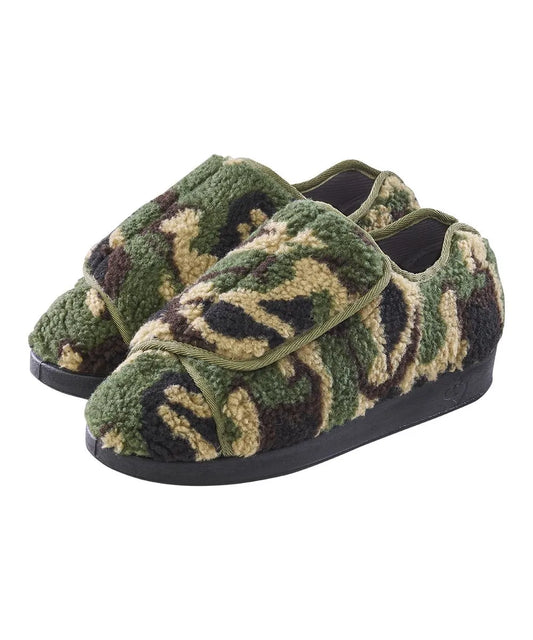Written By Shristi S. Sharma & Reviewed by Gurnoor Mand
In terms of promoting diversity and inclusion, the fashion industry has made significant progress, but there is still a long way to go. The disabled community is one big group that has been overlooked in society. However, it is essential to keep in mind that disabled people also have the right to feel fashionable and a part of society. This is where caregivers come into play. Promoting accessibility in fashion necessitates caregivers.
Comfort
First, dressing disabled loved ones is the responsibility of caregivers. They are aware of their requirements and preferences, as well as the difficulties they encounter when dressing. Caretakers can assist with tasks like bottoming shirts, zipping pants, and tying shoes for those with physical limitations, wheelchairs, or limited mobility. This makes it easier for the disabled person to get dressed and less frustrating. Finding clothing and footwear that are soft, comfortable, and free of irritating tags, labels, and tight collars can be of assistance to those with sensory sensitivities like autism.
Comfort Physically and Mentally
Additionally, it contributes to a calm and comfortable environment for getting dressed by lowering light and noise levels. Because getting dressed can be difficult, it can also be beneficial to people who suffer from mental health conditions like depression or anxiety. To assist in locating options for clothing that are both comfortable and stylish, caregivers can offer support, encouragement, and the opportunity to go shopping together. Caregivers can also help their loved ones adjust to new requirements. For instance, caregivers may be able to assist the disabled person in locating novel options for clothing and footwear that are able to accommodate the person's shifting requirements over the course of time. Caregivers can help disabled loved ones overcome any physical or mental limitations they may have when it comes to getting dressed by providing support and resources. Their overall well-being and quality of life may benefit from this.
Well-being
Advocates for accessible fashion options can help foster a more inclusive fashion industry. This could be anything from helping them put on a shirt or pants to more difficult tasks like helping with prosthetics or braces. When it comes to dressing their loved ones appropriately and comfortably, caregivers play a crucial role in enhancing both their loved ones' quality of life and overall well-being. Caregivers may require support in order to perform their duties effectively because this responsibility can be physically and emotionally demanding. When it comes to helping their loved ones overcome any physical or mental limitations that they may face when it comes to getting dressed, caregivers frequently play an additional role as the initial line of defense. They might also assist their loved one in trying on clothes to find those that are both comfortable and suitable for their requirements.
Development & Awareness
In addition, caregivers can help spread the word about how important it is for fashion to be accessible to everyone. They might be able to use this to educate others about the difficulties disabled people have dressing themselves and how accessible fashion can improve their quality of life. Caregivers can contribute to raising awareness of the problem and motivating others to take action by sharing their own personal experiences and advocating for change.
Shopping for brands and products that place an emphasis on accessibility is one way caregivers can support accessible fashion. They can contribute to the development of a demand for accessible fashion options by purchasing items that have been created with the disabled community in mind. In turn, this may encourage fashion retailers and designers to invest in making clothing and accessories that are easier to access. For instance, some manufacturers offer adaptive clothing that is made with features like zipper-free designs, Velcro closures, and extra room in the waist, arms, and legs for people who use wheelchairs or have limited mobility. Shoes with extra widths, slip-resistant soles, and Velcro closures are another example. These features can make it easier for people with disabilities to put on and wear shoes.
Sensory-friendly Clothing
In addition, many brands of clothing offer sensory-friendly clothing that is soft and comfortable and free of tags, labels, and tight collars, all of which can irritate or cause discomfort for people with sensory sensitivity. Additionally, caregivers can look for brands that are committed to making their products more accessible and inclusive, such as Zappos, which offers a wide selection of adaptive and sensory-friendly clothing, footwear, and accessories, and Tommy Hilfiger, which introduced a line of adaptive clothing for children in 2018. Caregivers can contribute to the creation of a more inclusive and accommodating world for individuals with disabilities by choosing to support accessible fashion brands and products.
Expressivity
Additionally, caregivers can encourage disabled family members to express themselves through fashion. It encourages the disabled individual to express their individuality, style, and preferences through fashion choices. Their self-esteem and confidence may benefit from this.
Finding accessible and adaptive clothing and footwear that meet a person's needs, allow them to express themselves in a way that is both comfortable and useful, can be made easier by caregivers. The disabled person's caregiver can offer to go shopping with them, either in person or online. They can try on a variety of styles in this supportive setting to discover what works best for them. They can also talk about accessible fashion resources and options, like online retailers that sell adaptive clothing, local fashion events that emphasize inclusive design, and designers who make clothes for disabled people.It might also inspire the disabled person to look into their own personal style and be open to trying new clothes. In addition, it may encourage a willingness to experiment with new colors, styles, and accessories.
Caregivers can empower their loved ones to fully participate in society and make a statement about who they are by helping them feel confident and stylish. In conclusion, caregivers play a crucial role in fashion accessibility promotion. Caregivers can have a positive impact on the lives of disabled people and contribute to the development of a fashion industry that is more inclusive by advocating for accessible fashion options, assisting their loved ones in overcoming physical and mental limitations, raising awareness, supporting accessible fashion brands, and encouraging self-expression.
















